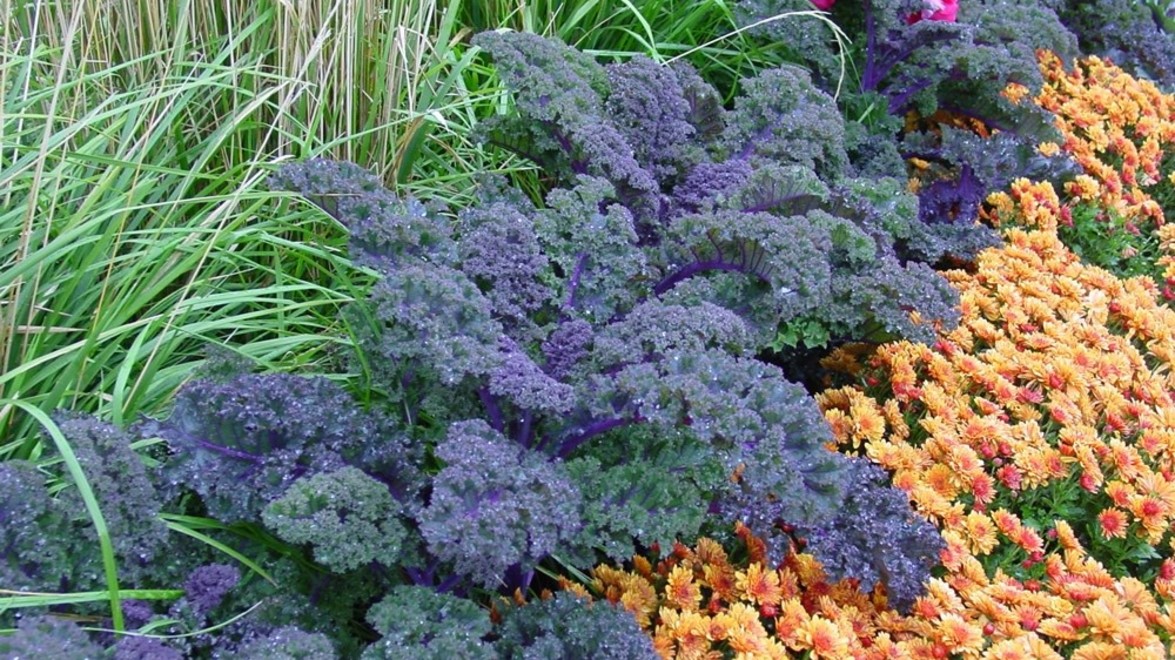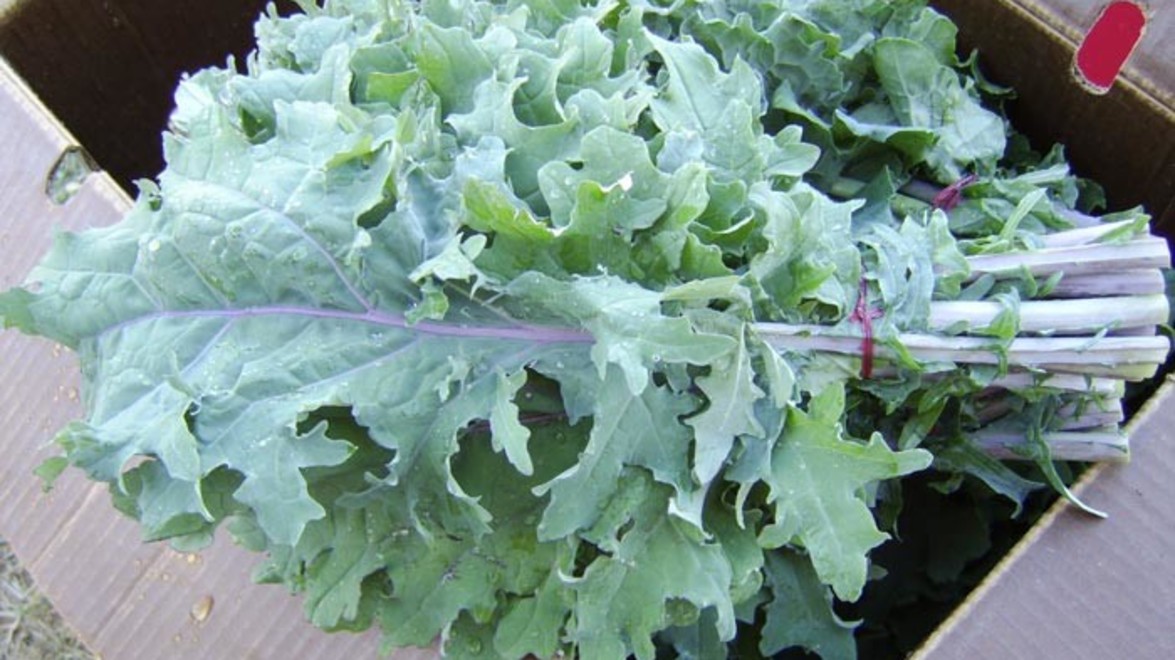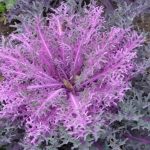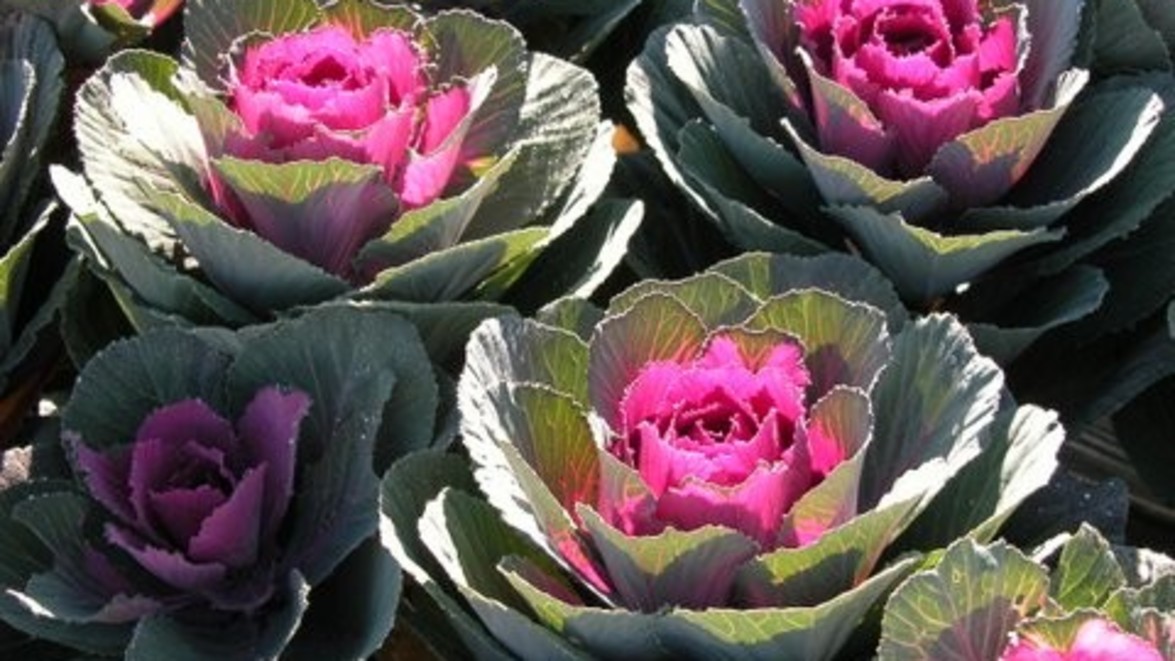
Kale is a common sight in autumn, usually paired with chrysanthemums in fall arrangements. Its foliage is distinctive, changing from blue-greens to bright purples and pinks as the cool weather settles in. However, kale is one of the mostly nutritiously rich vegetables, offering a vast list of health benefits.
### Health Benefits
Kale is one mighty veggie packed with nutrients such as vitamins A, C, K and calcium. In fact, the calcium content is so high that it is a comparable alternative to dairy products.
This leafy green also contains Phytonutrients (plant-based nutrients) such as kaempferol which prevents cancer, and helps in reducing the risk of heart disease. Another phytonutrient is quercetin which inhibits LDL cholesterol and reduces the growth of specific types of cancers such as leukemia and breast cancer. Thirdly, beta-carotene, a fighter of free radicals and aids in boosting the immune system. These are just a fraction of the long list of nutrients and health benefits kale offers.
It can also be noted that this veggie can be enjoyed raw or cooked with benefit. Raw kale contains higher concentrations of vitamin C while cooked kale allows phytonutrients to be more easily absorbed by the body after digestion.
### Grow As a Microgreen
Kale is also an easy green to grow in the winter months. One downside of growing many herbs is that the brightest place in the kitchen is under the window which provides an excellent source of light but also the best source of cool drafts. However, kale thrives in cooler temperatures making it the ideal candidate!
What differs from growing microgreens compared to your average herbs grown such as basil or rosemary? Well microgreens are sown heavily in a seed flat or pot and are harvested when they develop their ‘true leaves’ or mature set of leaves. At this stage the plants are usually only a couple of inches tall when they are harvested. This method is ideal for small kitchens because not much space is required and it is one of the easiest ways to grow fresh greens year round!
### Varieties to Try
The following varieties can be grown as microgreens during the winter or sow in March and plant out in the spring for an early crop in the garden. These varieties are all available from local grower William Dam Seeds in Dundas, ON.
– **‘Red Russian’** – A flat leaved variety suitable for making kale chips!
– **‘Red Peacock’** – Deeply serrated and ruffled foliage of this kale turns even deeper purple-red in the cool weather.
– **‘Pink Crane’**– A rounded form that is bright green with a light pink centre. This variety is very ornamental as part of your dinner ensemble or is also suitable to use as a cut flower.
### For Further Reading…
Much of the information written in this blog post is from this excellent book, ***The Book of Kale: The Easy to Grow Superfood*** written by *Sharon Hanna*. For those that want to know the complete health benefits of kale as well as some delicious recipes then please have a look! It is available at most local book stores.
If you would like to share any stories about your adventures with growing kale or recipes with our readers please visit our [facebook](https://www.facebook.com/GeldermanLandscapeServices) page.
Until next time,
Andrea
*Post contributed by Andrea Weddum, Landscape Designer*




